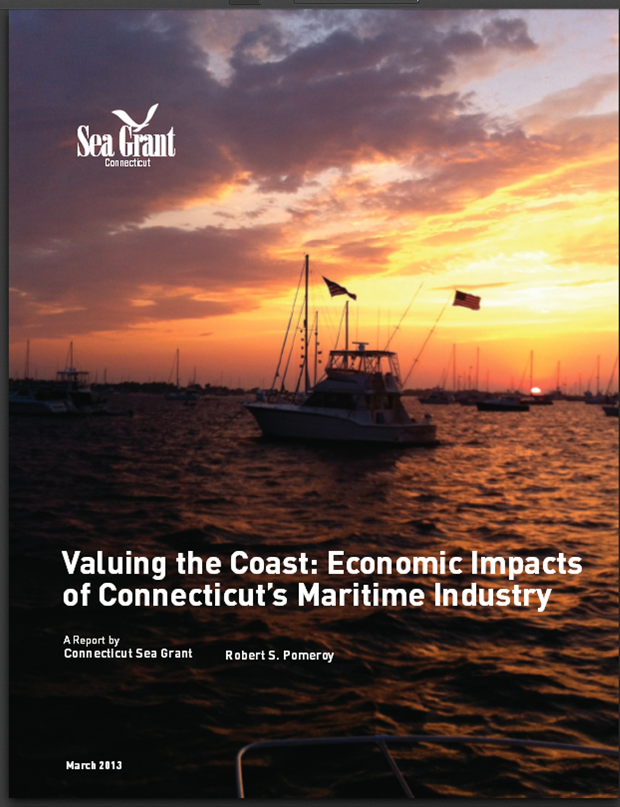Norwalk’s Rowayton Is Ranked #6 “Happiest Seaside Town” in America
/
What better time than in the midst of a three-snowstorm-week to learn of the top 10 “happiest seaside towns in America,” and discover that Rowayton, Connecticut placed at #6 in the list compiled by Coastal Living magazine. Rowayton – a section of Norwalk – was sandwiched between higher profile communities of Newport and Kennebunkport among the leading happy seaside towns, in the 2013 list.
“This picturesque, sophisticated New England coastal village at the mouth of Connecticut's Five Mile River is straight out of a Norman Rockwell illustration,” the magazine reported. “No wonder Ro wayton, with its clapboard and shingle homes perched along its rocky shorelines, has lured artists for centuries. In fact, many New Englanders don't even know this gem, making it all the more dear for those 4,000 or so who call it home.”
wayton, with its clapboard and shingle homes perched along its rocky shorelines, has lured artists for centuries. In fact, many New Englanders don't even know this gem, making it all the more dear for those 4,000 or so who call it home.”
The write-up about Rowayton concludes “But art—and beauty—does come at a price. It's one of the most expensive spots in the state (as well as the nation). And yet this village has a low-key sensibility, with pizza joints, ice-cream parlors, and a volunteer fire department.”
Rowayton is in good company, among higher profile locales earning a place amongst the top 10:
- Beaufort, South Carolina
- HarwichPort, Massachusetts
- Sanibel Island, Florida
- Sag Harbor, New York
- Newport, Rhode Island
- Rowayton, Connecticut
- Kennebunkport, Maine
- Pa’ai, Maui, Hawaii

- LaJolla, California
- Pescadero, California
The Rowayton section of Norwalk is located on Long Island Sound, just 45 miles from New York City. Formerly independent, today Rowayton is the Sixth Taxing District of the City of Norwalk. Norwalk is unique among the municipalities of Connecticut in its manner of governance - and the manner in which the various public utilities, cultural assets and tax structures of a half-dozen distinct communities were joined together to form the City of Norwalk in the 1920's, according to the Rowayton Library website.
Picturesque Rowayton lies at the mouth of the Five Mile River, adjacent to Darien.. With a population of under 4,000 in approximately 1,500 households, Rowayton has kept it's village-like character, including its volunteer fire department - the only remaining volunteer department in Norwalk.
With 10 issues published each year, Coastal Living introduces readers to homes, destinations, activities, and people along the Atlantic, Pacific, and Gulf shores of North America. Hawaii, Alaska, coastal Canada and Mexico, as well as the multi-national Caribbean islands and U.S. Great Lakes, are included in the magazine’s scope. Coastal Living.com is described as “the No. 1 online authority for those captivated by the coast ―and your quintessential resource for celebrating its unique charm, customs, and way of living.”


































